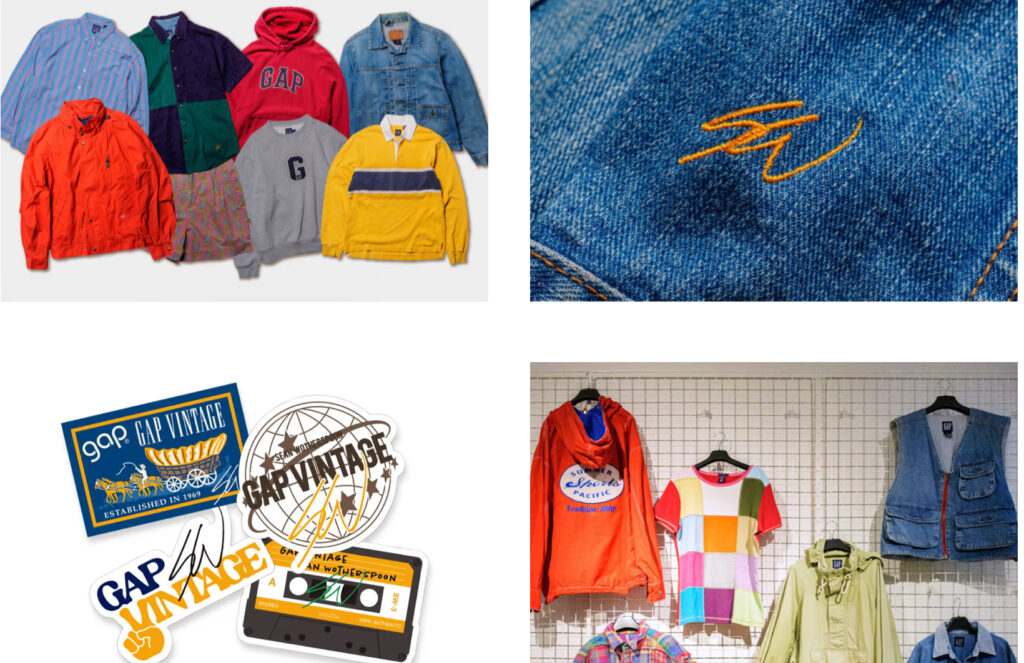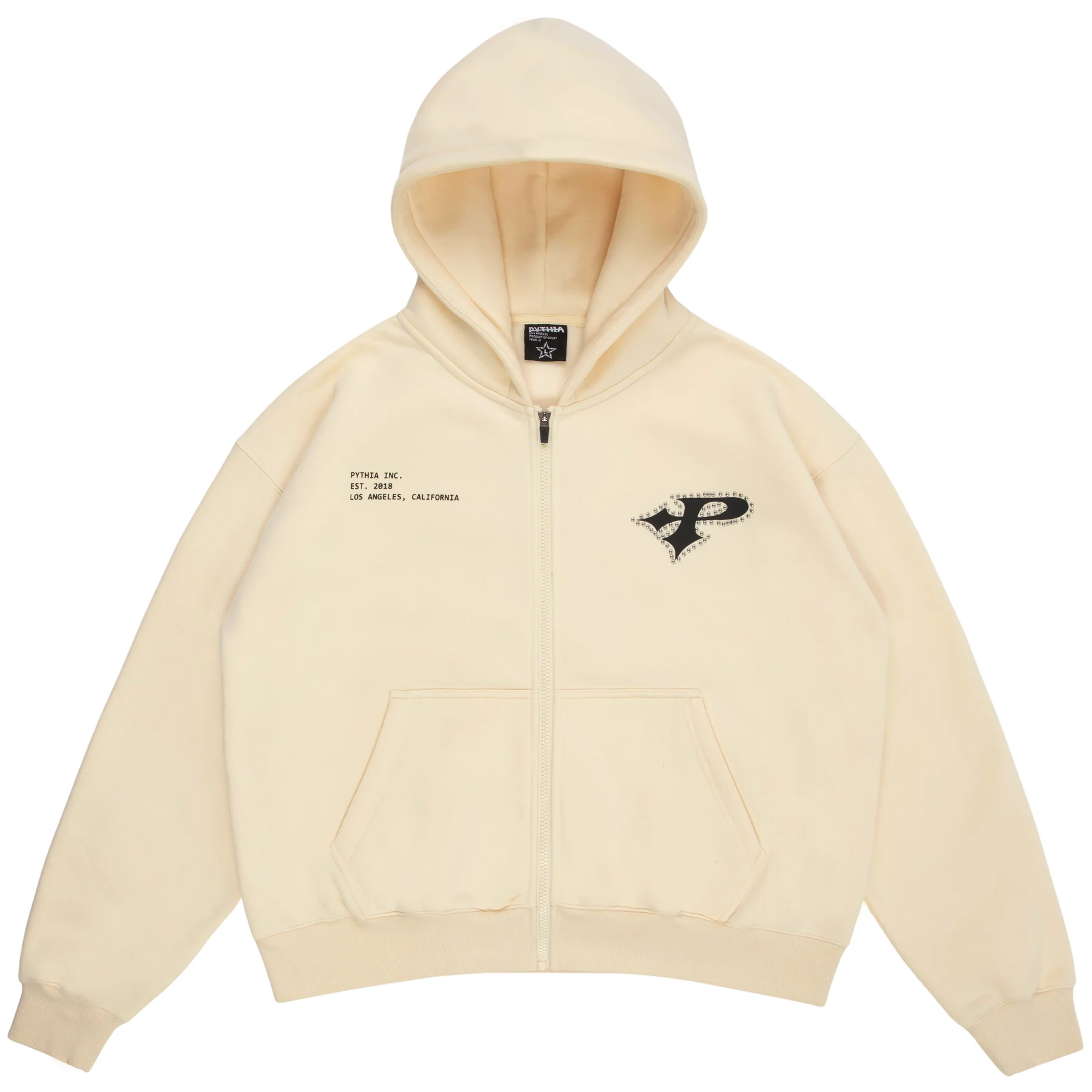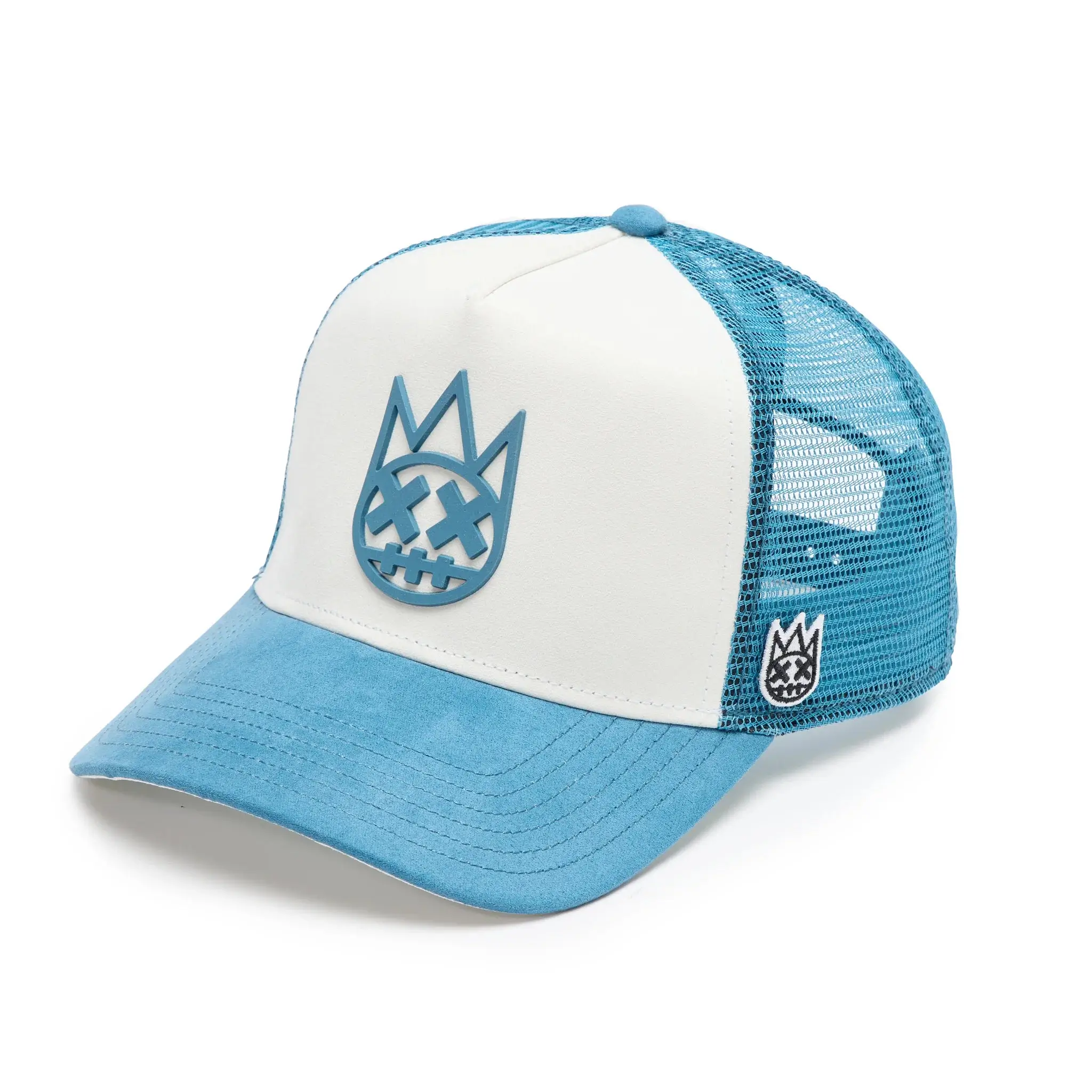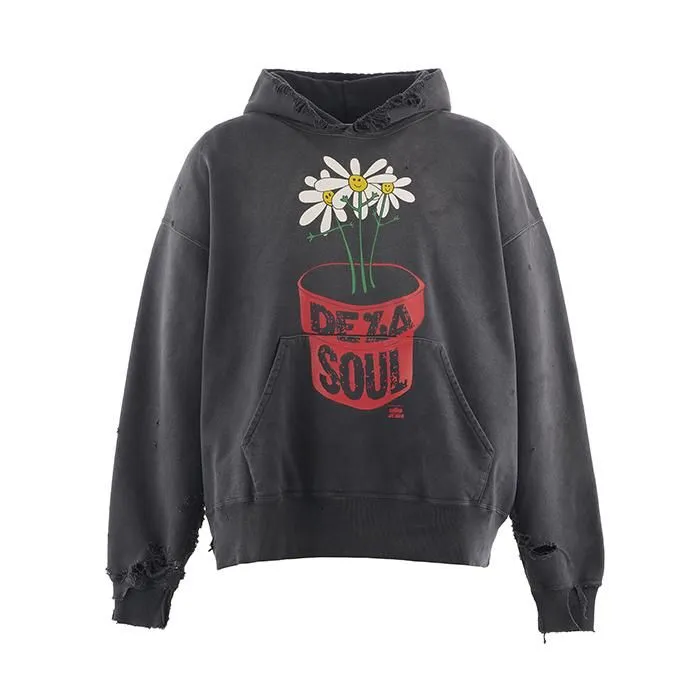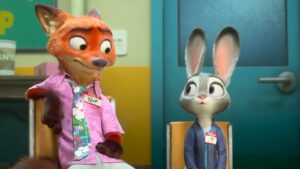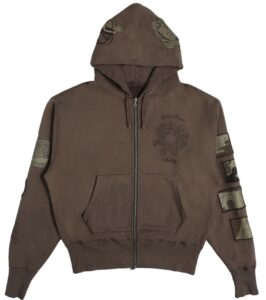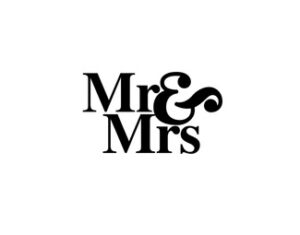Sean Wotherspoon doesn’t just design clothes. He curates moments. Known for his ability to blend hype culture with vintage sensibility, Wotherspoon has carved out a unique space in the fashion world — one where storytelling, sustainability, and streetwear collide. His second GapVintage drop builds on that identity, turning a legacy American brand into a new canvas for his vision.
This isn’t just a convergence; it’s a cultural project. With this release, Wotherspoon proves that fashion’s future doesn’t need to discard the past. In fact, the past is the key to unlocking something real, tactile, and emotionally resonant. Here’s how this drop — and the campaign around it — redefines what it means to be relevant in 2025.
Who Is Sean Wotherspoon?
Before we get into the clothes, it’s important to understand the man behind the movement.
Sean Wotherspoon made his name not just through design, but through community. He co-founded Round Two, a vintage sneaker and streetwear store that became a mecca for collectors. But what made Wotherspoon different was his taste — his love for the imperfect, the nostalgic, the worn-in.
He later gained international recognition with his Nike Air Max 1/97, a sneaker that fused corduroy textures with playful colors and vintage flair. That shoe wasn’t just a hit; it was a statement. Wotherspoon wasn’t about clean lines and minimalism. He was about texture, memory, and cultural remixing.
His partnership with Gap is a natural extension of that — a chance to reimagine a brand that once defined Americana through the lens of reuse, reinvention, and authenticity.
The Concept: GapVintage
The GapVintage initiative is more than a collab — it’s a broader strategy to revive Gap’s cultural capital while nodding to its heritage. It’s rooted in three key ideas:
- Nostalgia – Tapping into the brand’s golden eras (late ’80s, ’90s, early 2000s)
- Sustainability – Using deadstock materials, recycled fabrics, and reworked garments
- Culture – Bridging generations through storytelling and personalization
Wotherspoon’s second drop doubles down on this ethos. If the first one was a test, this one is a manifesto.
Visual Aesthetic: Color, Texture, and Energy
The most striking thing about the second GapVintage collection is its visual energy. Each piece feels hand-touched, alive with motion and meaning.
We see:
- Bold color-blocking across jackets and hoodies
- Contrasting fabrics (fleece, denim, corduroy)
- Oversized silhouettes that nod to ’90s skate and prep culture
- Patched logos and appliqués that feel handmade
- Tie-dye and washed-out treatments for a lived-in effect
Rather than creating sleek, clean lines, Wotherspoon leans into imperfection as style. The garments look like they’ve had a life — and that’s intentional. In an era of overproduction and digital polish, worn-in is the new luxury.
Key Pieces: Redefining Basics
Wotherspoon doesn’t overdesign. He takes simple silhouettes — the crewneck, the denim jacket, the hoodie — and transforms them through color theory, vintage cues, and layered meaning.
Some standout pieces:
- The patchwork varsity jacket: Reminiscent of ’90s high school style, reimagined with recycled materials and mismatched paneling.
- The oversized fleece: Features appliqué Gap logos with frayed edges and bold primary colors.
- The upcycled denim: Wotherspoon takes surplus Gap jeans and adds contrast stitching, panels, or painted detailing — turning the everyday into something expressive.
Everything is made to look both worn and fresh — a tough line to walk, but Wotherspoon pulls it off by letting the materials and history speak for themselves.
Sustainability as Substance, Not Slogan
Wotherspoon has always been a loud advocate for sustainability, but he does it differently than most designers. He doesn’t preach. He shows. And with the GapVintage line, he makes the idea of reuse cool.
This collection focuses heavily on:
- Upcycling: Reworking unsold or vintage Gap garments
- Deadstock use: Incorporating unused inventory from past seasons
- Low-waste packaging and minimal branding materials
But most importantly, he builds sustainability into the look of the clothing. Unlike some brands that try to hide their use of recycled fabric, Wotherspoon highlights it — with exposed seams, fabric patches, raw hems, and visible construction lines. He makes the process part of the style.
It’s not greenwashing. It’s greenwearing — and it feels honest, especially to younger consumers who crave transparency and accountability.
Campaign Energy: Personal, Playful, Communal
The campaign surrounding this drop is intentionally low-fi and personal. Think:
- Polaroids and disposable camera shots
- Friends and creatives modeling the pieces
- Urban backdrops — thrift shops, basketball courts, train stations
- Video content that shows behind-the-scenes tailoring and dyeing
Wotherspoon doesn’t rely on traditional celebrity power here. Instead, he focuses on real people with real style, reinforcing the idea that these clothes aren’t made to be precious — they’re made to be lived in, layered, worn out, and passed on.
The campaign also invites user participation. People are encouraged to bring their own vintage Gap items to pop-up activations where they can be customized or swapped — making it more than just a drop, but a cultural exchange.
Cultural Commentary: Vintage as a New Value System
In an industry obsessed with “newness,” Wotherspoon’s work makes a bold counter-argument: that what’s old is powerful, that value isn’t about trend, but about memory and construction.
The second GapVintage drop taps into a larger shift:
- From mass production to curated individuality
- From fast fashion to emotional attachment
- From branding as status to branding as community
By working with Gap — a brand that once dominated mall culture but lost ground in the 2010s — Wotherspoon is helping rewrite the brand’s story. Not as a comeback, but as a reinterpretation. Not trying to be cool again — but becoming meaningful in a new way.
Why Gap? Why Now?
Wotherspoon could’ve worked with any number of high-end or hype-driven labels. But Gap makes perfect sense — and his choice to partner again suggests real intention.
Why Gap works:
- Cultural familiarity: Millions grew up with Gap. It’s in family photos, back-to-school ads, and American closets.
- Neutral baseline: Gap’s basics offer a perfect blank canvas for experimentation.
- Underdog appeal: Gap is no longer a dominating fashion force — and that gives Wotherspoon room to rebuild it from the ground up.
This second drop proves the first one wasn’t a gimmick. It’s a blueprint for what the brand can be when it stops chasing trends and starts trusting creators.
Retail Strategy: Drops Meet Thrift Energy
The rollout of the second GapVintage collection reflects how younger consumers now shop — valuing uniqueness, community, and surprise.
Instead of flooding shelves with stock, the drop is:
- Limited edition
- In-store and online hybrid
- Supported by pop-up shops and customization stations
- Linked to local vintage buyback programs in select cities
This integrated model blurs the line between retail and resale, between designer and wearer. Wotherspoon is creating experiences, not just transactions — and that’s how you build loyalty in 2025.
Thoughts
The second GapVintage drop by Sean Wotherspoon isn’t just a product line. It’s a living archive. A cultural remix. A manifesto about reuse, creativity, and reimagining legacy brands through new eyes.
It’s a reminder that the most impactful fashion today isn’t about perfection — it’s about connection. Between people. Between generations. Between memory and movement.
And in Sean Wotherspoon’s world, nothing is ever really old. It’s just waiting to be made new again — with color, care, and a little creative courage.
No comments yet.

